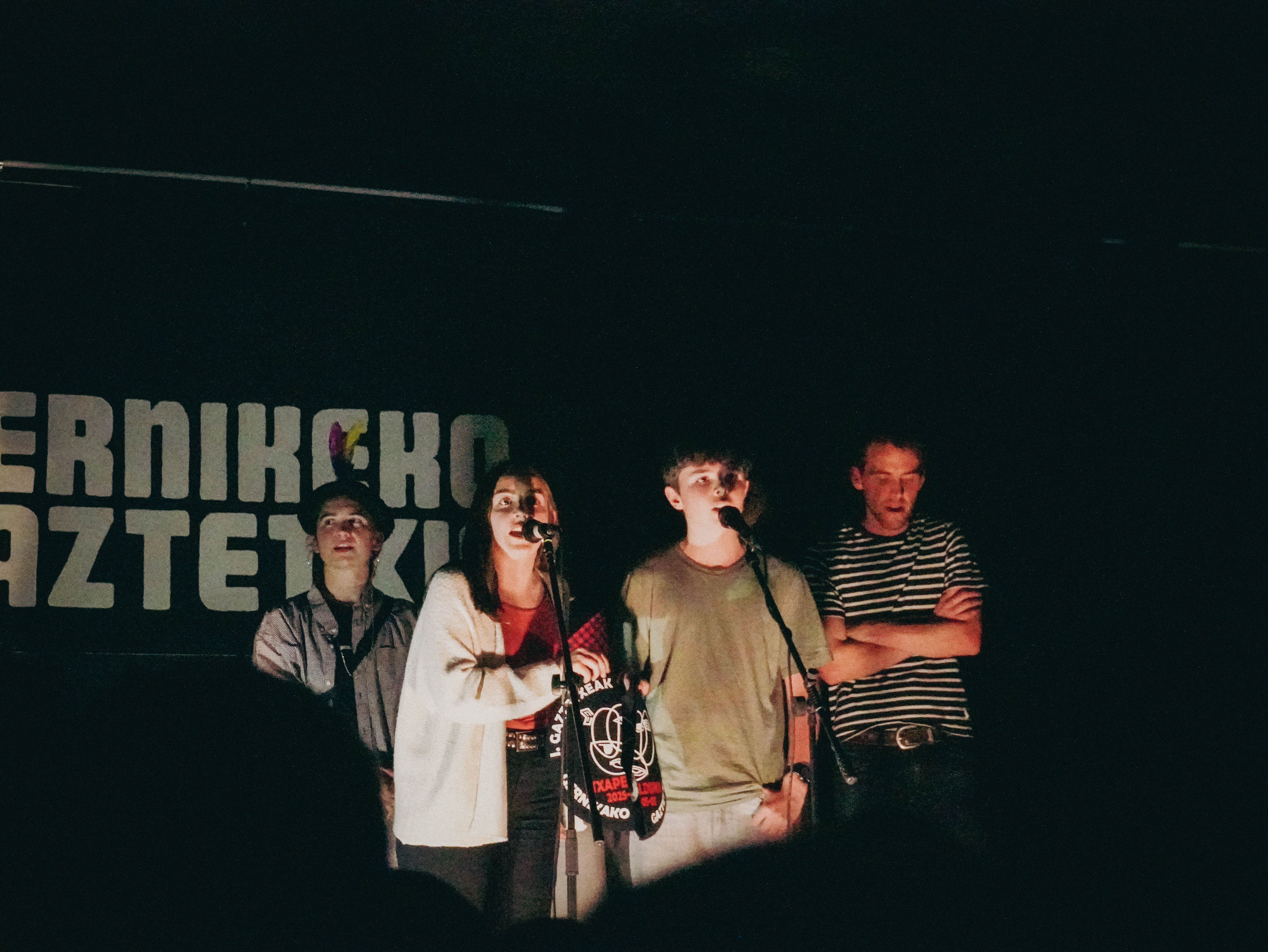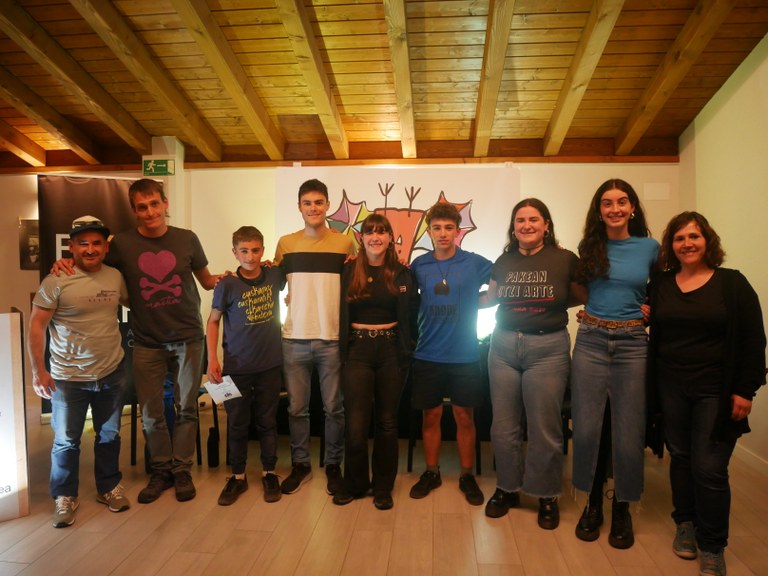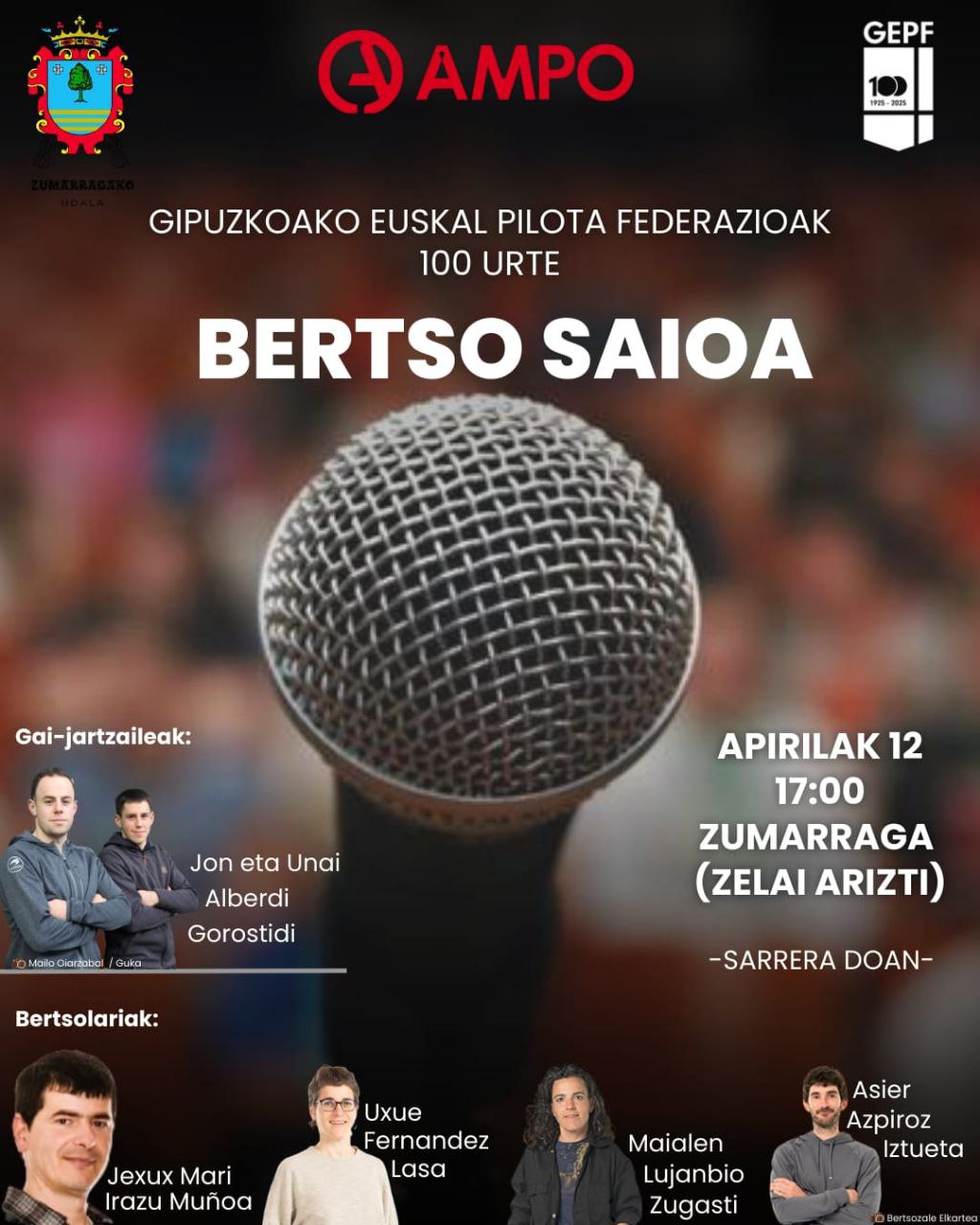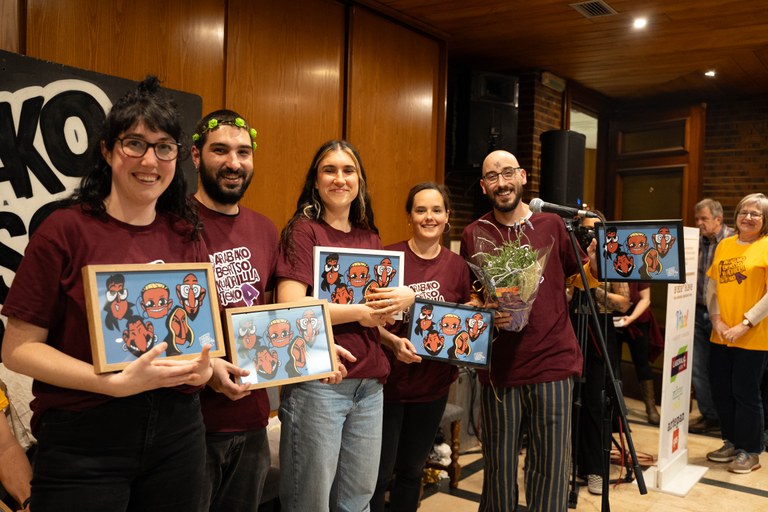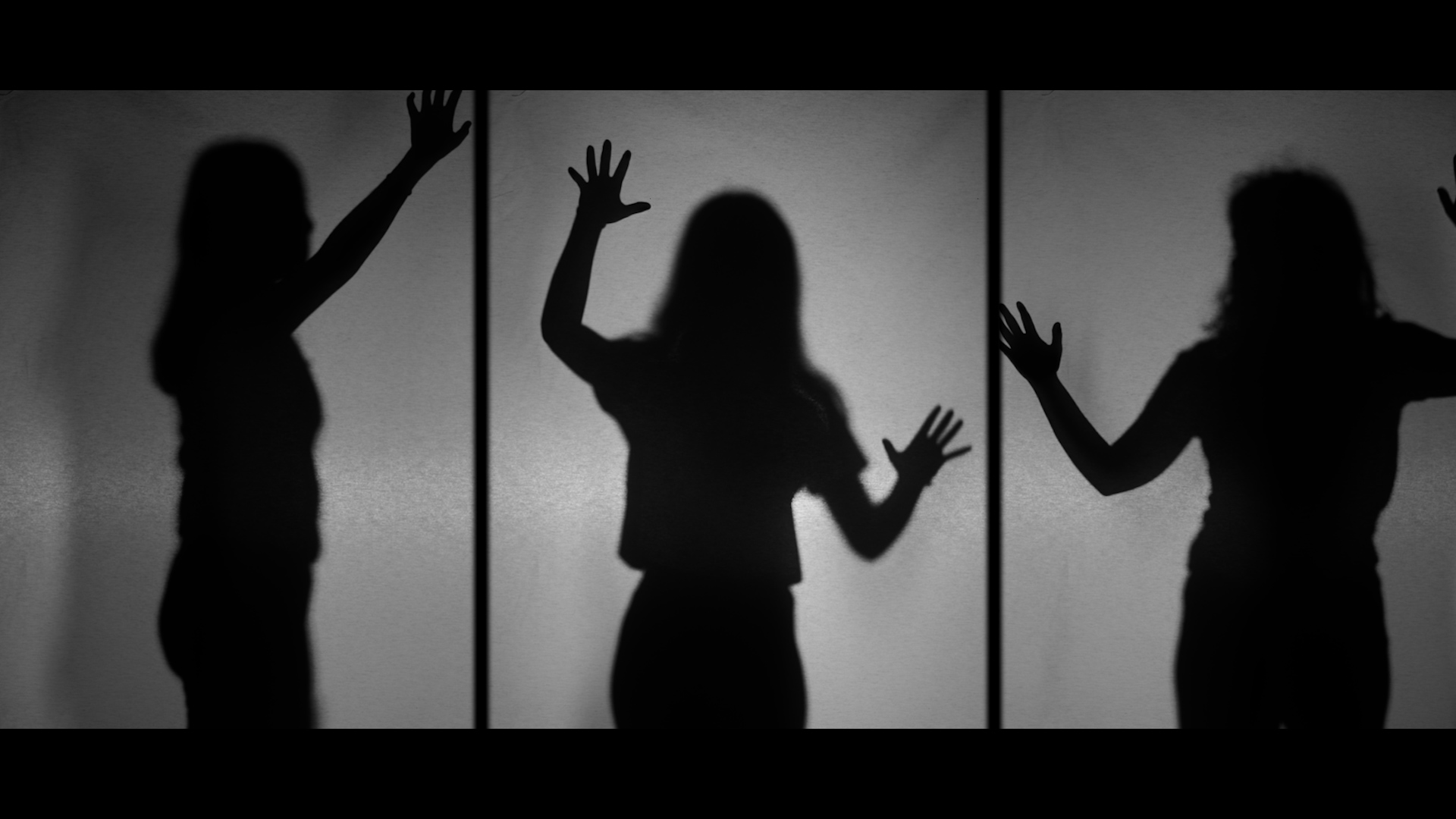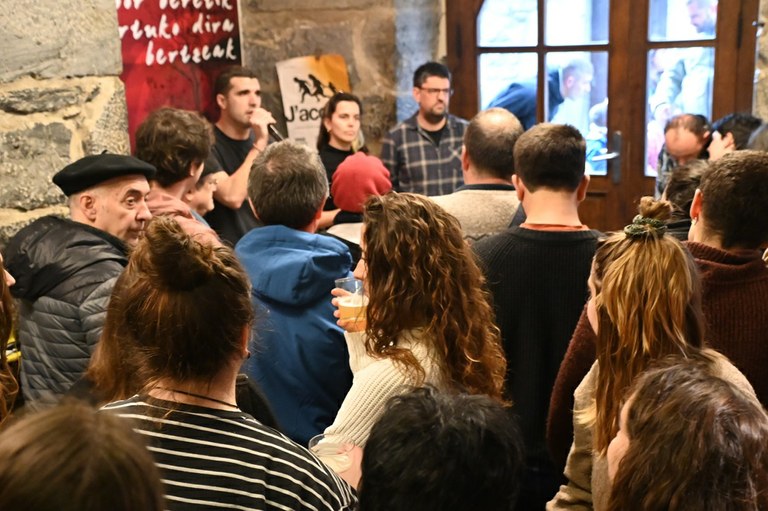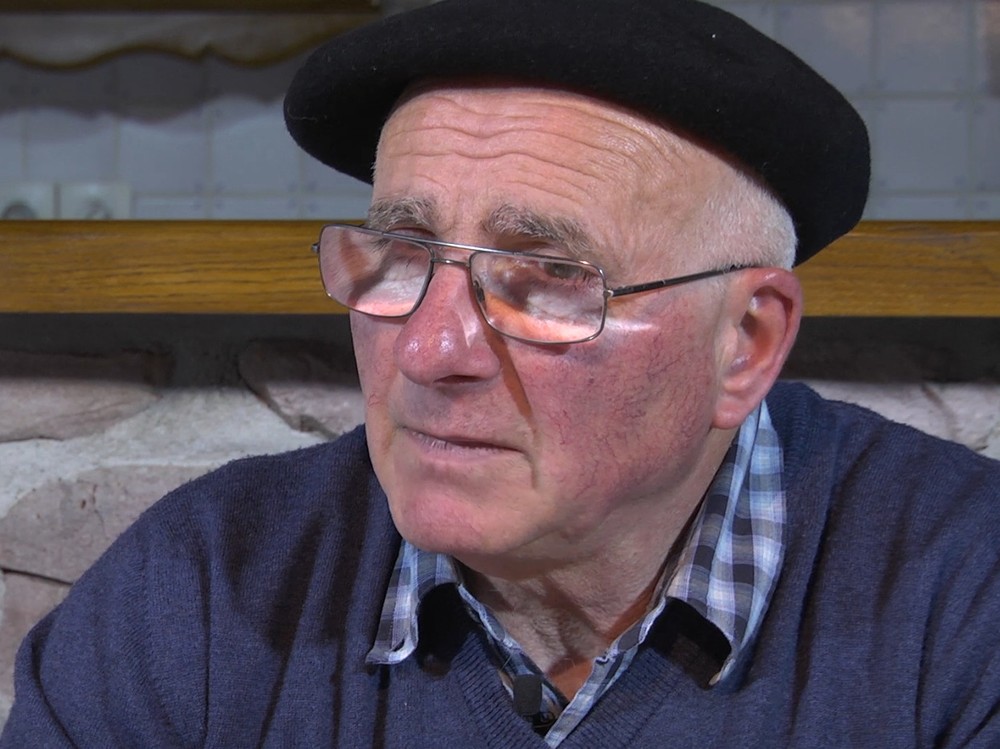Voices of all time available to current readers
- The book Bertsoaren haria (Bertsoaren haria, Hernanin) will be presented on 27 April. In the same way, this article aims to show you the books that have gathered local Bertsolarism and awaken the desire to create one in your people.
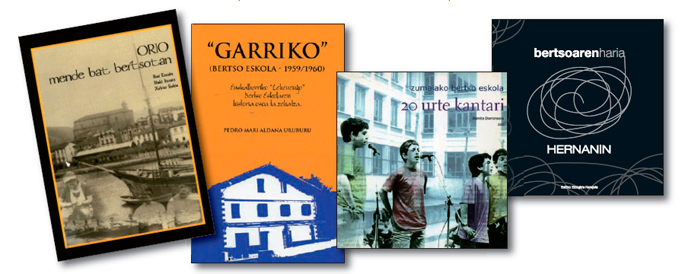
Several books have carried out a review from the first Bertso printzo to the present, as it is known in the locality. The book Bertsoaren haria in Hernani begins with the biography of bertsolari Txabolategi and with the historic challenge he made in the Plaza de Villabona before thousands of people and ends with the biography of young bertsolari Eli Pagola, descendant of Txabolategi, and the summary of the 2013 Championship. Orio: The book Ehun ute kantuan also collected the broadest possible time. In this case, the Auspoa section of Antonio Zavala is the main source of the past, as explained by Iñaki Iturain, one of the authors of Orio's book: “In three or four books of the Auspoa series there was the ‘immense richness of verses’ that existed in this mountain from San Sebastian to Orio, [words of Antonio Zavala]. He himself walked by Orio and through several witnesses gathered all these bertsolaris and also the verses of Balea: for the general public he brought out Auspoak for the first time. What we did was we brought it in, adapted it and supplemented it with later bertsolaris: Manuel Lasarte, Patxi Etxeberria, the Sarasua brothers, Xabier Sukia, Ibai Esoain, Iñaki Gurrutxaga... we brought a brief biography and a series of bertsos from each bertsolari.” From the archives of Zeruko Argia and ARGIA the book of Hernani has also been dressed a lot, as in bertsos, photos and chronicles.
Echoes of the movements in the Basque Country
The rest of the books on local Bertsolarism capture the movement of a given time. For example, Zumaia: Joan Dorronsoro, the author, tells us that the 20-year book of singing includes the creation of a bertsolaris school: “My objective was to explain the experience of Zumaia, integrated in the movement of the Basque Country: The creation of Bertsolarism schools and the innovation of Amuriza were taught throughout the Basque Country, and was also very related to the creation of the ikastolas”. Also in Hernani's book are testimonies about Bertsolarism in the Basque Country, about the most leading Bertsolaris of the time, about the championships and about the creation and evolution of the Bertsozale Elkartea association. Iturain is clear that history is built on the ground: “I think the best way to work in general history is for everyone to make their people. The sum of this gives a complete story.”
In the book Bertsoaren haria Hernanin by Hernani, more than writing a story, I've dedicated myself to sewing oral histories. To do so, they interviewed 35 people who have been part of the bertsolaris movement of the locality: Unai Agirre and Jexux Mari Irazu, which are on the DVD “Hernani bertsotan” and will be shared with the book. Each has spoken from his own experience, from which he has known, and his sum has had a very varied story, sometimes with a great contrast. Demonstrating that they lived the same moment in very different ways.
In addition to numerous historical testimonies, the reader will find countless topics in a cross-sectional way in the verses of the peoples. Dorronsoro has explained that this is the hallmark of popular culture: “Culture is the center of a people’s life. And within culture, oral literature is the main core, verse, joke -- they're very closely related to everyday life. Here are a thousand branches and beams that cross: political, social, economic... all.”
Main contributions
The authors of the books of Zumaia and Orio recommend that other peoples gather information about the Bertsolarism that takes place there. Dorronsoro considers that it is useful to breathe in the movement: "It is very important to ventilate, blow and cause a fire to occur in the affected area. In each village you have to aerate, collect and publish bertsolarism.” Iturain remembers how the town of Orio took the book: “It was a great gift for the lovers of the village bertsos, as it gathered a lot of information. For some it is also a great source of emotion, because it rescued some people of yesteryear.” These books are also a source for the curriculum of local schools, local Bertsolarism. And also to socialize the treasure that had already been gathered in Auspo: “Reading from all those bertsolaris, their sung bertsos, Herrikotxia, Txanka, Itxaspe, Seikola... I discovered through those books of Auspoa that world of the bertsos that was very present in society. I was deeply impressed. Most Oriotarras have never read a book from Auspoa and our book has brought them that treasure.” It is about socializing the Auspoa, the Light of Heaven and the treasure of the other sources, collecting oral testimonies in writing and finding ourselves with discoveries in the midst of which gold is nugget. The one looking for danger...
“1901eko urtean harrapatutako balea hari jarritako beste sorta bat ere bazela jakin nuen Auspoako liburu batean, kalitatez kaskarragoa. Sorta hori ere ekarri genuen liburura. Orioko balearen bertso ezagunetara etorrita, badirudi doinua propio sortu zutela bertso sail hartarako eta ahoz aho jaso dugula gaur arte. Oriotik Euskal Herri osora zabaldu zen eta askoz geroago Benito Lertxundik egin zuen famatu”.
Hernaniko liburuaren ekarpen handienetakoa plazan kantatzen zuen Zubeldia bertsolaria deskubritzea izan da. Bere bertsoak ezagunak ziren, baina pertsonari buruz hizki bakar bat idatzi gabea zegoen inoiz. Ondorengoen bila hasi... eta Antza inprimategiko lankidea! (Liburuaren azala diseinatu duen Arantzazu Ruiz). Bere familiak emandako testigantzei esker jakin dugu bertso ibileren berri (Bidea urratu duten bertsoak liburuxkan duzu laburturik). Ezerk merezi badu, Auspoatik kanpo geratu ziren haien berri lehenbailehen biltzeak du. Bertsolari haiek ezagutu zituztenak behar bada egunero gurutzatzen ditugu.
Bilobek gordetzen dute Zubeldiak bertsoak, olerkiak eta gainerakoak idazteko erabiltzen zuen mahaia. Bertsoaren haria Hernanin liburua dago orain mahai haren gainean.
- Hamar urteko uzta: Goierriko Bertsolari Eskola 1982-1992. Iñaki Murua, Xabier Narbarte.
- Araba, bertso histori ezberdin bat. Ruben Sanchez.
- Nafarroako bertsolaritza. Pablo Joxe Aristorena.
- Uribe Kostako bertsolaritza (1900-1980). Fredi Paia
- “Garriko” bertso eskola 1959-1960: Euskal Herriko “lehenengo” bertso eskolaren historia osoa ta zehatza. Pedro Mari Aldana.
- Orio, mende bat bertsotan. Iñaki Iturain, Ibai Esoain, Xabier Sukia.
- Zumaiako bertso eskola: 20 urte kantari. Joanito Dorronsoro.
- Urolaldea bertsolari. Joxin Iturrioz.
- Bertsoaren haria Hernanin. Estitxu Eizagirre.
Maiatzaren 8an hasiko da Bizkaiko Bertsolari Txapelketako sailkapen fasea. Zortzi saio bikoitz jokatuko dira maiatzeko eguenetan. Sarrerak eskuragai daude bertsosarrerak.eus atarian.
Asteburu honetan hasiko da Gaztetxeak Bertsotan egitasmo berria, Itsasun, eta zazpi kanporaketa izango ditu Euskal Herriko ondorengo hauetan: Hernanin, Mutrikun, Altsasun, Bilboko 7katun eta Gasteizen. Iragartzeko dago oraindik finala. Sariketa berezia izango da: 24 gaztez... [+]
Vagina Shadow(iko)
Group: The Mud Flowers.
The actors: Araitz Katarain, Janire Arrizabalaga and Izaro Bilbao.
Directed by: by Iraitz Lizarraga.
When: February 2nd.
In which: In the Usurbil Fire Room.











